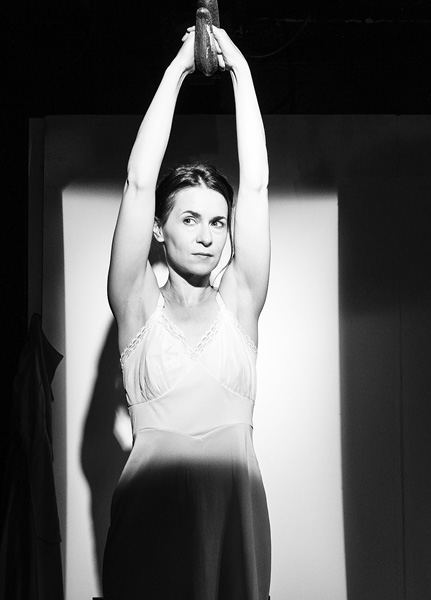
FROM PAGE INTO SPACE: DIRECTING GERTRUDE STEIN’S “TENDER BUTTONS” (FOOD)
first performed on October 17, 2014
Theater for the New City, New York, NY
performed four times in 2014
NIKI TULK
Cassandra Chopourian / Lauren Farber / Rich Gross / Mark Tulk / Gary Heidt
West New York, NJ / Jersey City, NJ
993112766n993112766i993112766k993112766i993112766@993112766s993112766m993112766a993112766l993112766l993112766h993112766o993112766u993112766s993112766e993112766c993112766r993112766e993112766a993112766t993112766i993112766v993112766e993112766.993112766c993112766o993112766m993112766 993112766/993112766 993112766i993112766n993112766f993112766o993112766@993112766v993112766a993112766n993112766r993112766e993112766i993112766p993112766e993112766n993112766.993112766o993112766r993112766g
vanreipen.org/work/tenderbuttons/food/index.html
FROM PAGE INTO SPACE: DIRECTING GERTRUDE STEIN’S “TENDER BUTTONS” (FOOD)
NIKI TULK
“Food” was a two-year performance project of Gertrude Stein’s Tender Buttons, at Theater for the New City—an invitation to explore poetry through a spatial lens, a context in which I could experiment with visual, sonic and kinesthetic modes.
In approaching Stein’s work, I felt strongly that we needed to respect the fact that the text does not “need” anyone to speak it; it has been speaking itself—with elegance and power—for 100 years. I crafted the rehearsal process accordingly; we responded to individual words and phrases in sound and physical improvisation for many months before bringing the entire text into the rehearsal room. Then, as you might call somebody by name in order to converse with them, we allowed the text to fill our mouths and movements.
Specifically, I placed a selection of Stein’s phrases in empty frames around the space. We “listened” to them, conscious as we began improvising with the text through simple, scenic structures, that we move, breathe and only then speak. We observed with care as we handled/were handled by the words—what happened sonically? To our bodies? To the space? To the ways we interacted? We discovered (and used as our fundamental forms) rituals—the dinner party, preparation of food, courtship, seduction—both familiar, yet made newly strange by virtue of Stein’s syntax, which deliberately and playfully cracks open the linguistic and ideological spaces that traditional sentences have marked out for us: “a sentence of a vagueness that is violence is authority and a mission and stumbling and also certainly also a prison.”
The role of food in our culture, history and in the landscape of social strata that is contained within (perhaps especially) the female body was an emerging theme as we worked within the patterns suggested by Stein’s words: the female body as “juice and size and baking and exhibition and nonchalance and sacrifice…” with the paradoxical elements of woman as consumer of food, and also as the object of consumption and its attendant rituals.
As we explored those fissures, we discovered in a visceral way how deeply patriarchal and class/caste-based systems have regulated not only human relationships, but also the language of those relationships. The text, as it were, rose up in our midst and inspired us with how it was to be translated into three-dimensional, theatrical space—creating a playful, absurd and powerful process.